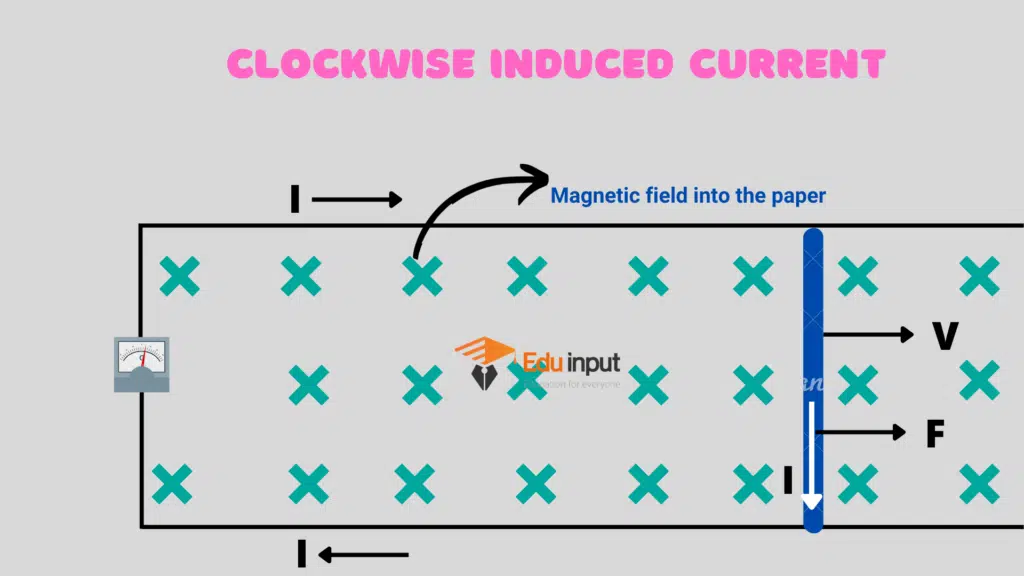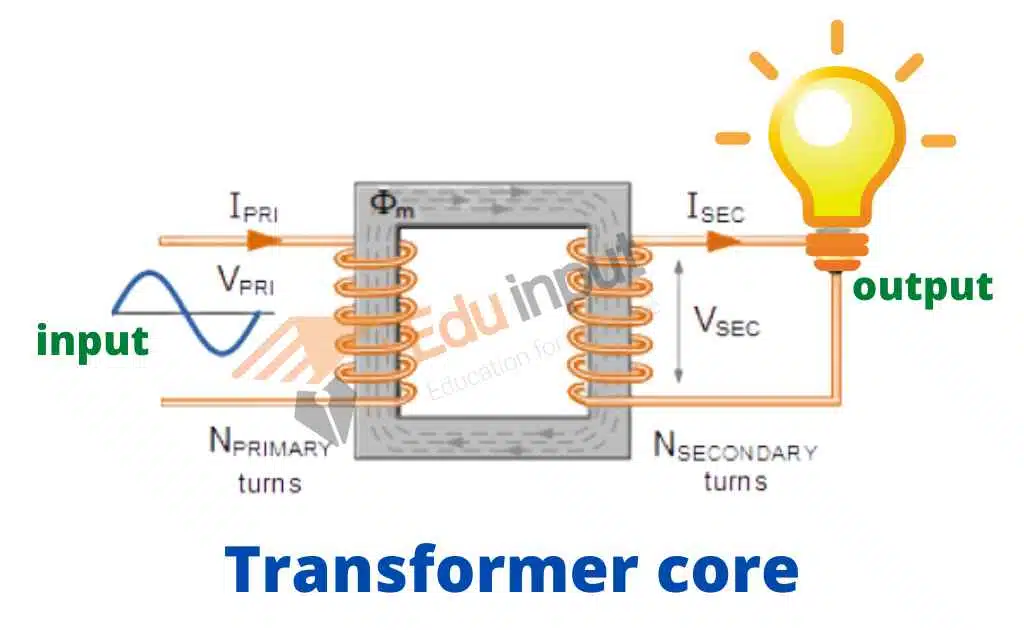What is Motional emf | Faraday Law
The emf induced by the linear motion of a conductor across a magnetic field is called Motional Emf. Faraday’s law state that The average emf induced in a conducting coil of N loops is equal to the negative of the rate at which the magnetic flux through the coil is changing with time.
Motional emf
Consider a conducting rod of length L placed on two parallel metal rays separated by a distance of L. A galvanometer is connected between the ends c and d of the rails. It forms a complete conducting loop abcd. A uniform magnetic field B is applied to the paper.

When the rod is at rest galvanometer shows no deflection. If the rod is pulled to the right with constant velocity V the galvanometer indicates the current flowing through the loop.Thus the moving rod is acting as a source of emf;
E=v b– v a=∆v
When the rod moves a change q within the rod also moves with the same velocity v in the magnetic field B and experiences a force.
F=q (V*B)
having magnitude.
F=q V B sin
F=q V B
According to the right-hand rule, the direction of F is from a to b. Hence a uniform magnetic field E is induced along the rod having magnitude.
Fe= Fb
q E = q V B
E=v B
The direction of electric intensity is also from a to b. As the electric intensity is equal to the negative potential gradient
E=-∆V/L
E=-ԑ/L
v B=- ԑ/L
ԑ=-vBL
This is the magnitude of motional emf. If θ is the angle between v and B then
ԑ=-v BL sin θ
Factors increasing motional emf:
Motional emf can be increased by;
- Increasing the speed of the rod
- Using a stronger magnetic field
When v=0ԑ =0 no motional emf is developed in a stationary rod.
Due to induced EMF positive charge will flow along the path abcda therefore the induced current is anti-clockwise.
FARADAYS LAW
The average emf induced in a conducting coil of N loops is equal to the negative of the rate at which the magnetic flux through the coil is changing with time.
ԑ=-N Δ ϕ/ Δt
Explanation:
A conducting rod L move from position 1 to position 2 in time Δt and covers a distance
Δx=x2-x1
The velocity of the rod is given by
v= Δx/Δt
The emotional emf induced in the rod perpendicular to the magnetic field is
ԑ= -vBL
ԑ= -(Δx/Δt)BL
When the rod covers the distance Δx increase in the area of the loop is
ΔA= Δx .L
And the increase in the flux through the loop is
Δ ϕ =B ΔA
Δ ϕ =B Δx L
Becomes,
ԑ= – Δ ϕ/ Δt
For a coil of N, the induced emf will become N time so,
ԑ= -N(Δ ϕ / Δt)
This is called the faradays law of electromagnetic induction. The –ve sign show that the direction of induced emf is such that it opposes the change in flux.







Leave a Reply